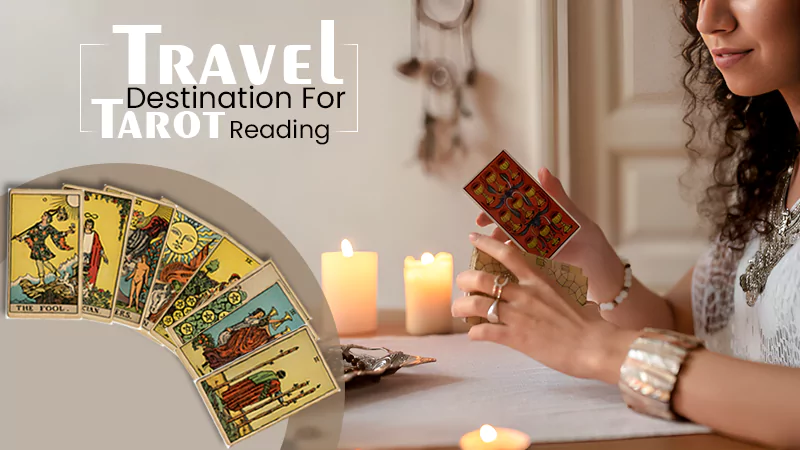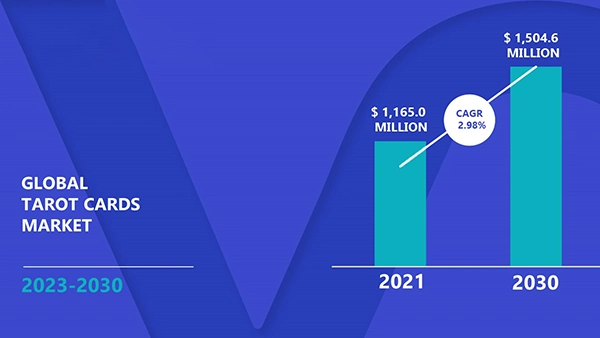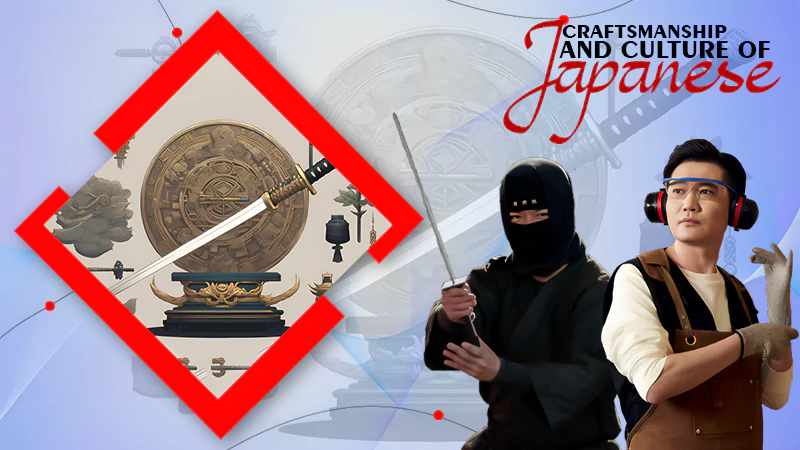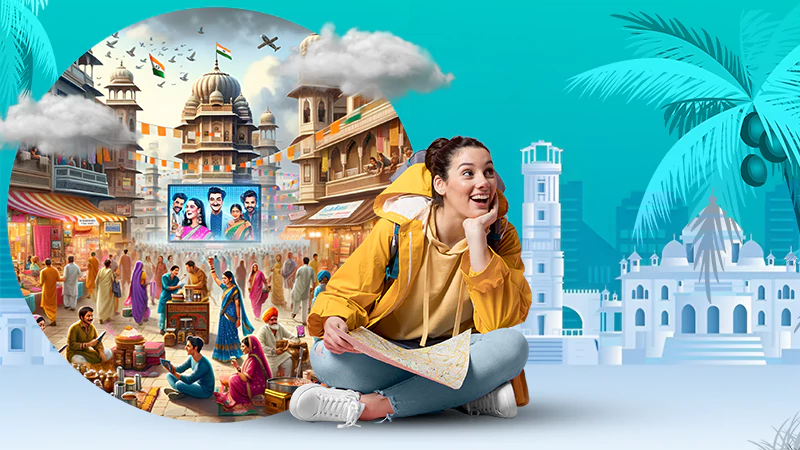
The Tarotoo’s Tarot yes / no has long been regarded as a potent instrument in the mystic and self-discovery fields, providing insights into the past, present, and future. The 78 cards in the Tarot deck, each with symbolic imagery that cuts over linguistic and cultural barriers, have mysterious origins.
The cards act as mirrors, reflecting the intricacies of the human experience as people set off on their journeys of introspection.
In this investigation, we delve into the fascinating nexus between travel and Tarot yes/no, two seemingly unrelated domains united by a mysterious bond. Travel is like a spiritual trip through Tarot yes / no readings, with its promise of discovery and metamorphosis. The cards disclose hidden facts and possible routes when guiding seekers across the terrain of their minds, much like a compass.
How Tarot Readings Function to Offer Guidance:
If tarots are trusted by so many people, then there must be something about them that gives hope to such a big audience. Therefore, to understand their functioning more clearly, read the points below:
Choosing and Dividing Cards:
The procedure for a tarot reading starts with the reader choosing a predetermined number of cards from the deck. This is a very significant phase because it creates a channel of energy and purpose between the cards.
This relationship is further strengthened, and a sense of randomness is added by rearranging the cards. In addition to combining the cards, shuffling enables the reader to tap into the energies surrounding the questioner, producing a singular and customized reading.
DID YOU KNOW?
Tarot cards are a set of cards used for fortune-telling and games.The cards were invented in Italy in the 1430s.
Spread Card Layouts:
A framework for the interpretation and organization of the reading is provided by the many card layouts or spreads that tarot readers use. The Three-Card Spread, Horseshoe Spread, and Celtic Cross are a few common spreads that have different functions.
A card’s interpretation and applicability to many areas of the quitrent’s life are influenced by its placement within the spread, which is why each card’s placement is chosen carefully.
As a map, the selected spread leads the reader through an investigation of historical influences, present situations, and possible future developments.
Significance and Intuition:
The ability to intuitively comprehend card symbolism is necessary for the art of tarot reading. Tarot readers rely on their keen sense of intuition and in-depth knowledge of the customs surrounding each card’s interpretation.
The messages that are conveyed by the cards’ rich imagery, symbolism, and locations go beyond random chance.
In order to deliver a complex reading specific to the quitrent’s circumstances, readers incorporate their own experiences and insights into the interpretation, resulting in a special fusion of conventional symbolism and intimate connection.
Open-Ended Inquiries:
Asking open-ended questions greatly increases the efficacy of Tarot readings. Open-ended questions offer a more thorough examination of the quitrent’s worries than yes/no questions do, which enables the cards to provide more in-depth information.
A greater conversation between the readers is fostered by this technique, which promotes a more profound and nuanced interpretation. Respondents can obtain a more comprehensive understanding of their life path and decisions by using open-ended questions.
Strengthening and Introspection:
Tarot readings are intended to be a tool for self-discovery and empowerment rather than to foretell a specific future. It’s common to view the advice given by the cards as a mirror of the querent’s subconscious mind, helping them to make wise choices and find direction in life.
Through the process, the querent gains a greater awareness of themselves and the forces at play in their lives, which empowers them to navigate life’s problems. Introspection and self-reflection are encouraged.
The Travel Tarot Spread: Selecting Your Route
Making a specific tarot spread for travel-related issues gives a special touch to the practice of using spreads, which can be quite effective for getting insights into many facets of our lives.
Travel cards in the “Choosing Your Path” spread offer advice on places to go, things to do, and cultural experiences. We’ll go over this spread’s sections and how to understand the cards in them below.
Locations:
The cards that show possible places to travel are the main subject of this section. Make three drawings and arrange them in a row. Every card represents a distinct option for a destination. Observe the feelings, symbols, and images connected to each card.
Examine the card meanings according to tradition in relation to travel. The Fool card, for instance, would point to an impulsive and daring trip, whereas the Tower card might point to a location going through a big change.
Tasks:
In this section, choose three cards to reveal the kinds of things you might do or see when traveling. After the destination cards, arrange them horizontally. The activities that the cards can symbolize range from easygoing hobbies to daring ventures.
The Knight of Wands, for example, would indicate active and adventurous pursuits like trekking or sightseeing, whereas the Ace of Cups might suggest a leisurely beach holiday.
Cultural Encounters:
The spread’s third part is devoted to cultural encounters. Place the three cards that you drew underneath the activity cards. These cards provide you with in sequence, the customs and interactions that might exist in each place.
The Three Cups could symbolize lively social interactions and celebrations, whereas the Hierophant might represent a rich cultural and past experience.
Getting Ready for Your Journey with Tarot Travel Rituals
Modified travel rituals made with tarot cards can give your trip a more thoughtful and religious element, assisting you in setting goals, overcoming obstacles, and drawing in good vibes. To help you with your journey preparation, consider the subsequent tips on tarot:
Choose a Tarot Spread for Direction:
When choosing a tarot spread that corresponds with your travel objectives, take into consideration a three-card spread that symbolizes your journey’s past, present, and future.
The card for the future offers direction for what lies ahead; the card for the past may highlight factors that led to this moment and the present card offers insights into your current circumstances.
Examine the Cards:
Believe the meanings of the cards after you’ve tried them. Think about the relationship between each card and your imminent journey. Determine any difficulties or chances their strength carries to light. This is the basis for establishing positive goals and resolving any challenges.
Establish an Altar
To raise the balance, create a tiny travel altar with fundamentals such as fire, water, soil, and air. These basics can be symbolized by a candle, a basin of water, or crystals.
By arranging the tarot cards on the altar, you can center yourself and establish a visual focus point for positive energies.
Record You’re Experiences in a Journal:
Keep track of your affirmations, everyday tarot card draws, and any synchronicities you see in a trip diary. You may observe your religious and personal expansion during the journey by reflecting on this experience, which also strengthens your union with the tarot.

Conclusion
By using tarot cards from tarotoo.com, going on a journey of self-exploration and individual development might just be the most meaningful and transformational thing for you.
It is quite a potent device for introspection, and you can possibly receive insights into some parts of your life.
You can also come upon unspoken facts, face difficulties, and snatch chances for personal growth as you make your way through the challenging routes that the cards have cleared out.
Besides getting insights from the past. Present and future, tarot cards also help in fostering a more profound conception of one’s ideas feelings, and goals.












